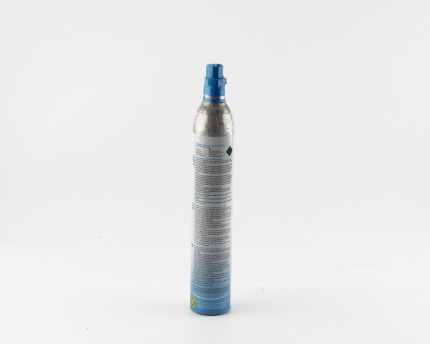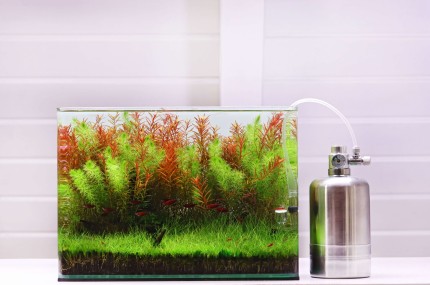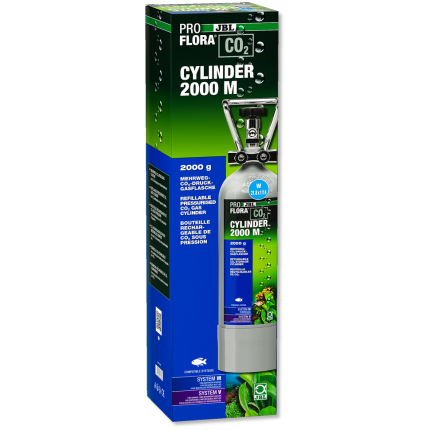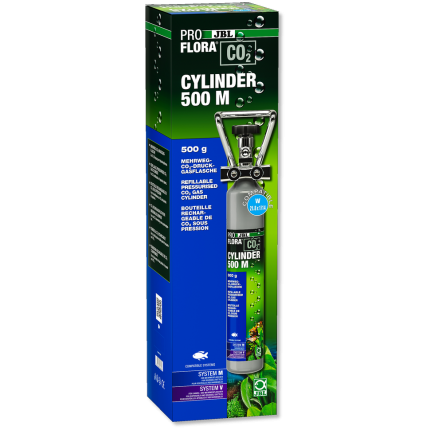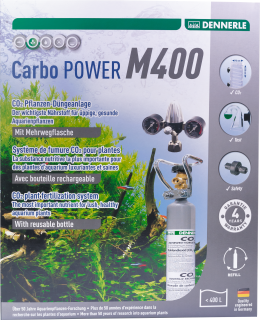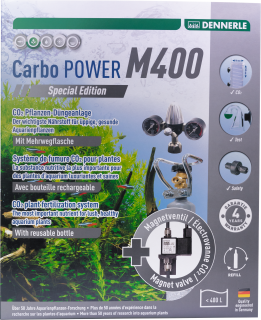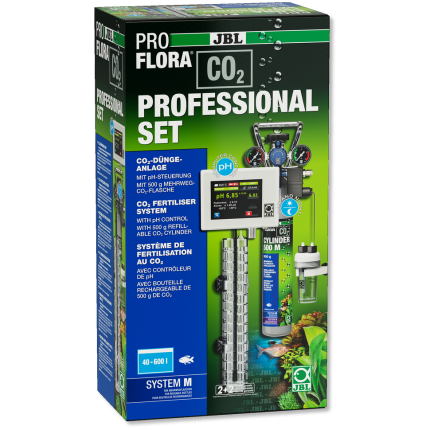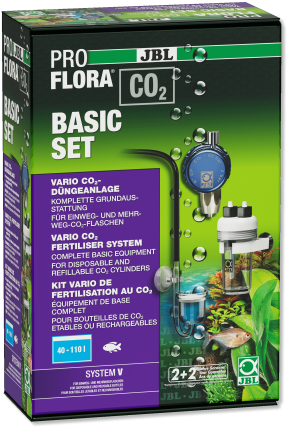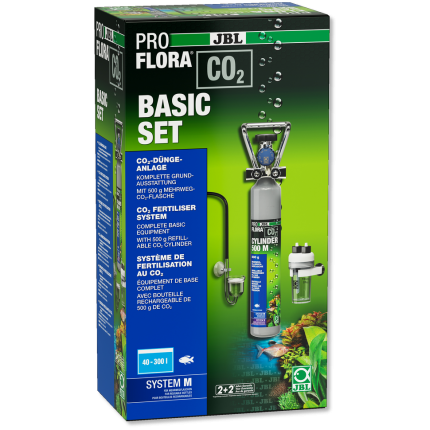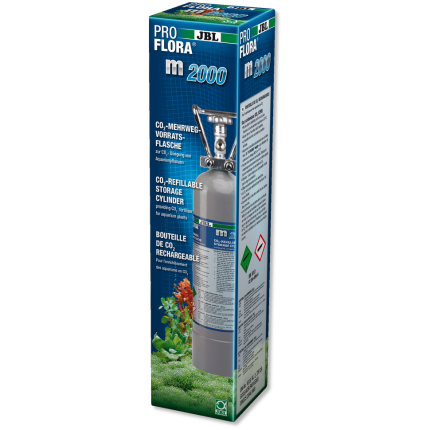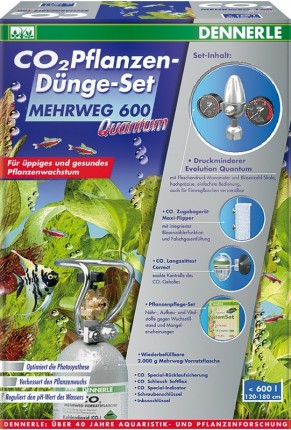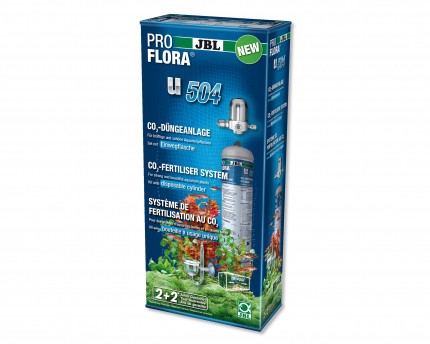CO2 fertilization for aquariums
Unfortunately, aquariums are often poor in CO2. This can be recognized by the puny plant growth and the rather pale, sickly appearance of the plants. Plants that are deficient in CO2 can only utilize other nutrients to a very limited extent. Excessive nutrients then open the door to algae.
Additional fertilization with CO2 can make aquarium plants more robust, healthier and more resistant, and more vigorous anyway. Light, fertilizer and CO2 work hand in hand, so the other two factors also need to be adjusted if one of them is changed.
The CO2 content of the water should be around 20 mg/l. This ensures smooth gas exchange through the gills of fish, shrimp, crabs, snails, crabs and mussels. They need a certain concentration gradient to allow the CO2 to diffuse out of their blood. If the CO2 content of the water increases too much, the animals can suffocate. For this reason, CO2 should not be used without restriction, even for lowering the pH value! The CO2 content of the water can be monitored very well with a dropchecker (continuous test) and adjusted if necessary.
What does such a CO2 system look like and how does it work?
In a reusable system, the CO2 is in liquid form in a pressurized gas cylinder with a thread. A CO2 requirement of 1 to 1.5 grams per 100 liters of aquarium water per day is roughly calculated. A 500 gram bottle will therefore last 333 to 500 days in a 100 liter tank.
Only a small part of the CO2 is gaseous. As soon as CO2 is withdrawn, the same amount evaporates again - the pressure in the bottle therefore remains constant for a very long time as the amount decreases and is therefore not a criterion from which the filling level can be read. If you want to know how much CO2 is still present, you must therefore weigh the bottle. The cylinder weight (tare) is printed on all reusable and disposable cylinders. For the same reason, pressurized gas cylinders may only ever be operated upright - the liquid CO2 would destroy the pressure reducer. The pressure reducer is screwed onto the reusable cylinder. Here you can adjust the CO2 output and thus set the number of bubbles that are emitted per minute to the aquarium. A special hose is connected to the pressure reducer. Normal air hoses are not CO2-tight, with them too much of the valuable gas is lost! A check valve prevents water from the aquarium from entering the pressure reducer. In the aquarium, the gas bubbles are directed through a diffuser or a flipper. This allows the CO2 to dissolve well in the water.

